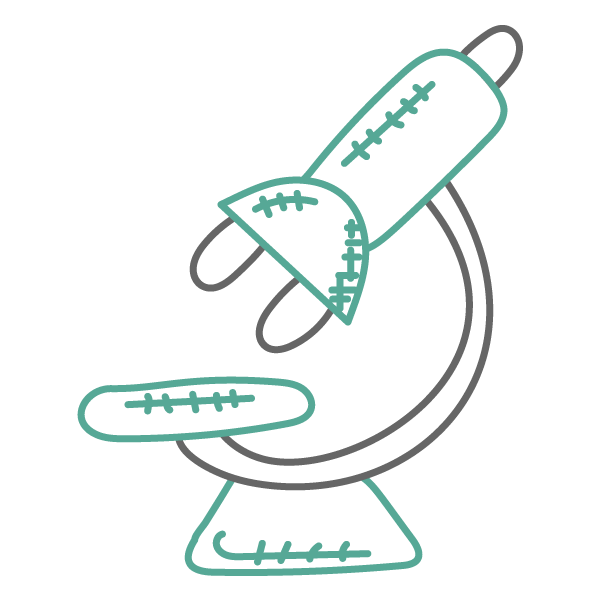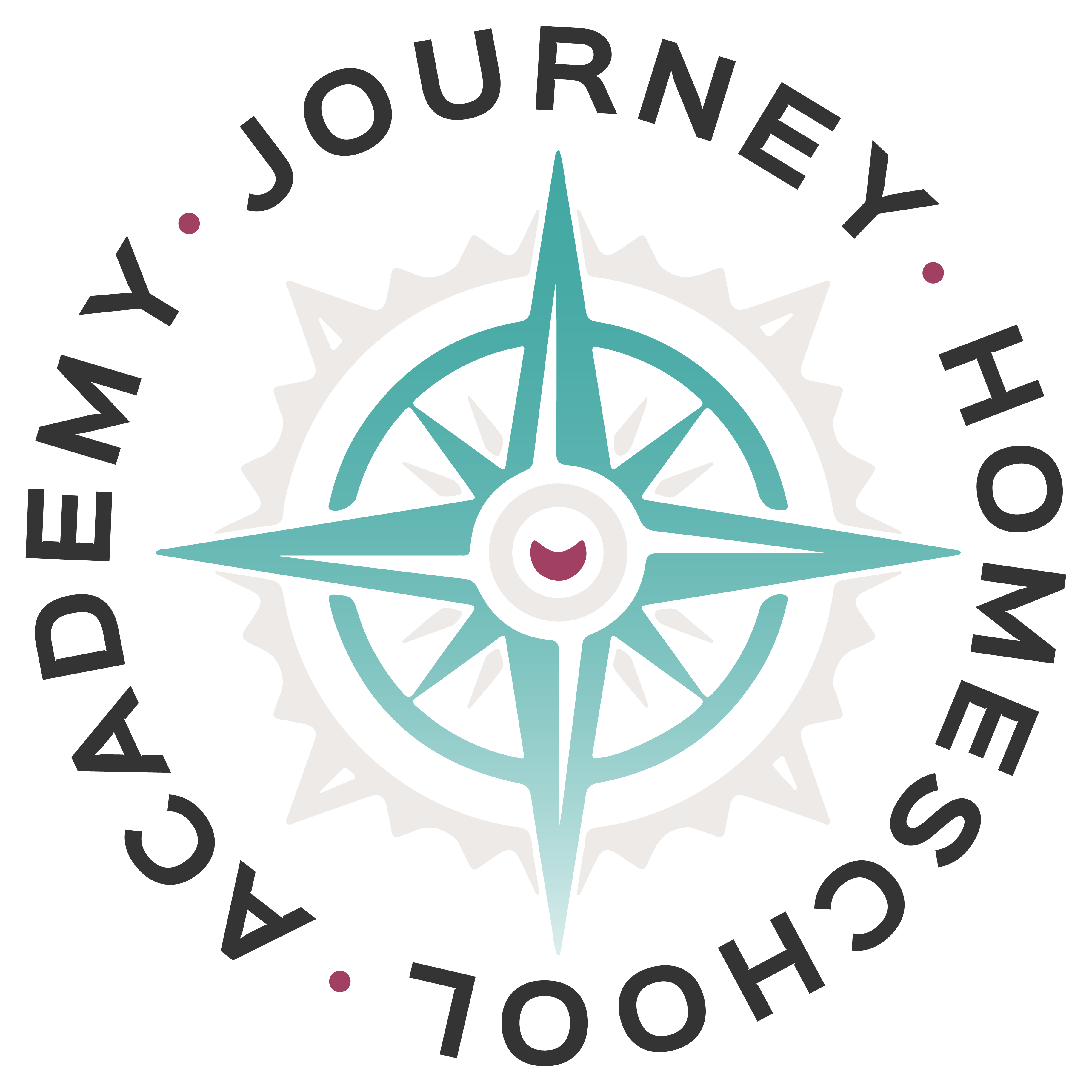
Physical Science Explored Lab & Activity Supplies
Below you’ll find options for where to purchase the few specialty items required, along with a complete list of lab supplies needed for each lesson in Physical Science Explored.
Please note: If your student is taking the Level C version of this class, there are a few additional supplies required which are listed at the bottom of the page.
Lab Supplies on a Budget
Many of the labs and activities in this course require easy-to-find items you probably have around the house or can find inexpensively at a local store.
If you aren’t able to fit the specialty supplies into your budget, we’ve included demonstration videos for most the labs in this course. This will allow your student to still observe the lab and answer the lab questions, but will help keep the class more affordable.
Where to Buy Supplies?
1. Purchase the Physical Science Explored Custom Kits
Cornerstone Educational Supplies has created a lab kit with the specialty supplies for those who would like to complete all of the labs. Families may pick and choose which labs to complete. However, if you would like to do all or most of the labs, this is the most economical way to purchase the specialty lab supplies.
- Level B Students: purchase the Level B Physical Science Kit
- Level C Students: purchase the Level B Physical Science Kit + the Level C add-on (you will need BOTH)
2. Purchase supplies a la carte:
Most families won’t complete all of the labs. For those who will be picking and choosing which labs or want to purchase just a few supplies at a time, use the links in the list below to purchase items a la carte from Home Science Tools.
Canadian Families
Please see this page for a special note on sourcing lab supplies.
Lab Supplies for Physical Science Explored
Below are lab supplies listed by lesson. Alternatively, you can see a list of supplies listed by specialty supplies and household supplies here.

Complete Lab Supply List by Lesson
Lesson 1: Freezing Liquids & Exploring the Scientific Method
A lab demonstration video is available.
- 3 household liquids (water, milk, orange juice, or whatever you have on hand!)
- Ice cube tray
- Timer
- Plate
Lesson 2: Scientific Measurements
A lab demonstration video is available.
- Ruler
- Textbook
- 25 mL or 50 mL graduated cylinder
- Stopwatch
Lesson 3: Bullseye! Activities to Explore Accuracy & Precision
- 3 pieces of scrap paper
- Trash can
- 3 coins
- Plastic cup (or any object to use as a target)
Lesson 4: Physical vs Chemical Changes
A lab demonstration video is available.
- Plastic bottle
- Balloon
- Teaspoon
- 25 or 50 mL Graduated cylinder
- Funnel
- Baking Soda
- Vinegar
- Salt
- Small pot
- Stove
- Ice cube
Lesson 5: Calculating & Comparing Density
A lab demonstration video is available.
- Density cylinders (aluminum, brass, steel, copper)
- 25 mL or 50 mL graduated cylinder
- Scale
- Water
Lesson 6: Building Bohr Models
- String
- M&M’s
(alternative: beads, Legos, or other small objects) - Colored pencils
- Periodic table
Lesson 7: Research Your Favorite Element
- No supplies needed
Lesson 8: Exploring Properties of Ionic & Molecular Compounds
A lab demonstration video is available.
- Disposable aluminum pie pan
- 2 disposable pipettes
- Ethanol
- Well plate
- Calcium chloride
- Candle wax (scrape a small amount off of any household candle)
- Sodium chloride (table salt)
- Sugar
- Sharpie marker
Lesson 9: Exam 1 (No Lab)
Lesson 10: Growing Ionic Crystals
A lab demonstration video is available.
- 1/2 cup Epsom salt
- Food coloring (optional)
- 250 mL beaker, half pint mason jar, or similar sized glass dish
Lesson 11: Ionic Compounds Dice Lab
A lab demonstration video is available.
- 2 dice
- Masking tape
- Marker
Lesson 12: Exploring Covalent Compounds
- No supplies needed
Lesson 13: Balancing Chemical Equations and Exploring Conservation of Mass
A lab demonstration video is available.
-
- Colored pencils
- M&Ms – Four colors, 20 of each color
- Alka Seltzer tablet
- Scale
- Graduated cylinder
- 12 oz plastic bottle with cap
Lesson 14: Types of Reactions Lab
A lab demonstration video is available.
- Hydrogen peroxide (6% is ideal, but 3% will also work)
- 1 Packet (1 Tablespoon) dry yeast
- 25mL or 50 mL graduated cylinder
- Dish soap
- Food coloring
- Tray or baking sheet (something to catch the foam that overflows)
- 2 beakers
- Copper (II) sulfate
- Steel wool
- Sodium hydroxide
- Disposable pipettes
- Vinegar
Lesson 15: Solubility of Epsom Salts and Sodium Carbonate
A lab demonstration video is available.
- 25 mL or 50 mL graduated cylinder
- 2 – 100 mL beakers
- 250 mL beaker
- 3.00 g Magnesium Sulfate (epsom salts)
- 3.00 g Sodium carbonate (washing soda)
- Scale
Lesson 16: Acids and Bases in Your Home
A lab demonstration video is available.
- pH paper
- 10 substances found around your house
Lesson 17: The Half-life of Radioactive Pennies
A lab demonstration video is available.
- 128 pennies
- Jar with lid
Lesson 18: Exam 2 (No Lab)
Lesson 19: Calculating Velocity
A lab demonstration video is available.
- Tape measure (metric preferred)
- Sidewalk chalk, tape, or rope
- Stopwatch
Lesson 20: Exploring Acceleration
A lab demonstration video is available.
- Toy Car
- Ramp (cardboard or wooden board)
- Stopwatch
- Sharpie
- Tape measure (metric preferred)
Lesson 21: Exploring Inertia
A lab demonstration video is available.
- Cup
- Index Card
- 5 pennies
- 5 quarters
- 2 objects with noticeably different masses (ex: bowling ball and ping pong ball)
- Tablecloth, table, and dishes (preferably non-breakable, but sturdy)
Lesson 22: Explorations in Gravity and Air Resistance
A lab demonstration video is available.
- 2 small balls with different masses (tennis ball, ping pong ball, baseball, etc.)
- Piece of paper
- Stopwatch
- Paper napkin
- String or yarn
- Tape
- Large paperclip
Lesson 23: Building a Slingshot
A lab demonstration video is available.
- 3 cardboard rectangles (10 cm x 15 cm)
- Ruler, meter stick, or tape measure
- Glue
- 3 pushpins
- String (3-4 inches)
- Rubber band
- Marble
- Scale
- Scissors
- 6 plastic straws
- Stopwatch
Lesson 24: Investigating Human Work and Power
A lab demonstration video is available.
- Scale
- Stopwatch
- Large bottle filled with water (500 mL – 1 L water or soda bottle)
- Meter stick
- Pole (2-3 cm diameter dowel, ~½ meter long)
- Rope/string to tie bottle to dowel with ½-1 m length between
Lesson 25: Exploring Conduction
A lab demonstration video is available.
- Candle
- Ruler
- Lighter or matches
- Clothespin
- 30 cm – 8 gauge aluminum wire
- 30 cm – 12 gauge aluminum wire
- 30 cm – 18 gauge aluminum wire
- Stopwatch
- Parchment paper
Lesson 26: Simple Machines Challenge: Rescuing the Circus Elephant
A lab demonstration video is available.
- Pencil with eraser
- Ruler
- Colored pencils or markers
- White paper
Lesson 27: Exam 2 (No Lab)
Lesson 28: Hands-On Wave Dynamics with a Slinky
A lab demonstration video is available.
- Masking tape
- Slinky
- Meter stick
- Stopwatch
- 2 helpers (or a helper and a stationary object)
Lesson 29: Frequency of Sounds
A lab demonstration video is available.
- Plastic or metal ruler
- Thin rubber band
- Thick rubber band
- Soda bottle
Lesson 30: Light & Color Dynamics
A lab demonstration video is available.
- 3 identical flashlights
- Red, blue, and green cellophane
- 3 rubber bands
- Ruler or meter stick
- White wall or white poster board
Lesson 31: Bending Light: Reflection & Refraction Diagrams
A lab demonstration video is available.
- White paper
- Green laser pointer
- Glass plane mirror
- Refraction block
- Protractor
- Pencil
- Ruler
Lesson 32: Conductivity in Action
A lab demonstration video is available.
- Wooden block
- 2 metal screw hooks
- 3 wires with alligator clips
- 6 V battery
- Mini light bulb holder
- E10 Mini light bulb 3.8 V
- 5 or more of the following: glass stirring rod, metal nail, aluminum foil, wooden skewer, copper wire
- Piece of chalk
- Plastic spoon
- Cardboard strip
Lesson 33: Circuit Discovery: Building and Understanding Connections
A lab demonstration video is available.
- 5 wires with alligator clips
- 6 V battery
- 3 mini light bulb holders
- 3 E10 mini light bulb 3.8 V
- 1 switch
Lesson 34: The Science of Compass-Making
A lab demonstration video is available.
- Bar magnet
- Paperclips
- Sewing needle or small pin
- Small piece of cork
- Bowl of water
Level C: Additional Supplies
Student’s in Physical Science Explored PLUS will require a few additional supplies for certain lessons. Below is a list of supplies and links.
Lesson 5: Exploring Gas Laws
A lab demonstration video is available.
- 50 mL erlenmeyer flask
- Hot Plate
- Balloon
- 35 mL Syringe (without a needle)
- Small Marshmallow
- Empty Soda Can
- Tongs
- Bowl of Ice Water
- Graduated cylinder
Lesson 8: Stability and Types of Bonding
A lab demonstration video is available.
- 6 inch cotton swabs
- 2 beakers (or small glass bowls)
- Candle
- Lighter or matches
- Calcium chloride
- Copper chloride
- Potassium chloride
- Iron chloride
- Sodium chloride (table salt)
- Safety goggles
- Gloves
Lesson 12: Names and Formulas for Molecular Compounds
A lab demonstration video is available.
- 2 glass bowls
- 4 grams borax
- White Elmer’s glue
- Plastic spoon
Lesson 15: Solutions
A lab demonstration video is available.
- Well plate
- Disposable pipettes
- Sodium carbonate
- Copper (II) sulfate
- Calcium chloride
- Sodium hydroxide
- Iron (III) chloride
- Sodium phosphate
- 6 pieces of glassware
- Water
Lesson 20: Lesson 20 Lab Extension
A lab demonstration video is available.
- Ramp (cardboard or wooden board)
- Stopwatch
- Sharpie
- Tape measure (metric preferred)
- Toy car
Lesson 22: Gravity and Projectile Motion
Lesson 23: Newton’s 3rd Law
- Cord (optional)
- Small bucket with a sturdy handle
- Sand, rocks, small weights, or any objects with known weight amounts
- Scale
- Ruler
- Safety glasses
Lesson 26: Simple Machines
- Tape Measure
- Stopwatch
- Masking Tape (or objects to mark starting/finish lines)
Lesson 28: Mapping Wave Motion with a Simple Pendulum
A lab demonstration video is available.
- Styrofoam cup
- Nail
- Ring stand or other support
- Sand
- Length of thin string, 50 cm
- Scissors
- Masking tape
- Stopwatch
- Meter stick
- Parchment paper, at least 30 cm wide
Lesson 30: Light & Color Dynamics
-
Paintbrush or sponges
-
White paper
Lesson 34: Electromagnet Exploration: Coils & Cores
A lab demonstration video is available.
- 3 new AA batteries
- Battery holder for 3 AA cells
- 2 alligator clips
- 8 m of 28 gauge magnet wire
- Galvanized steel nail (3 – 3.5 in.)
- Wood-cased pencil
- Piece of tin foil
- Small piece of sandpaper
- Small box of 50 paper clips

